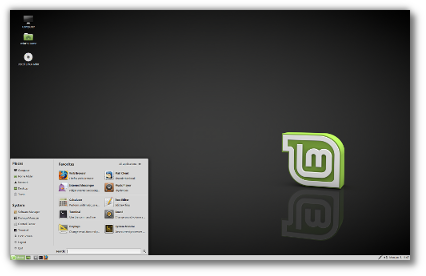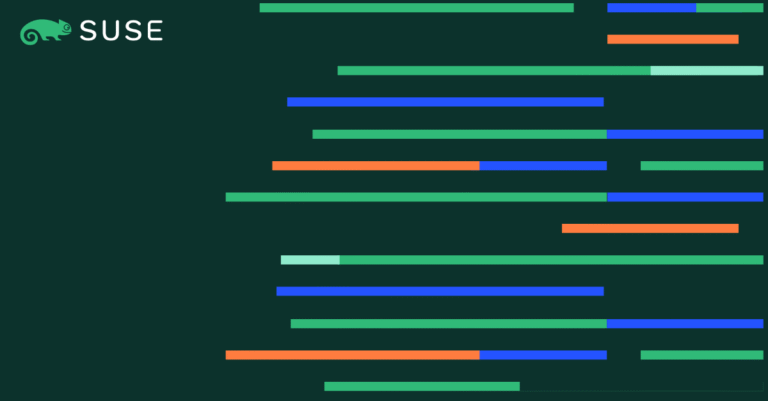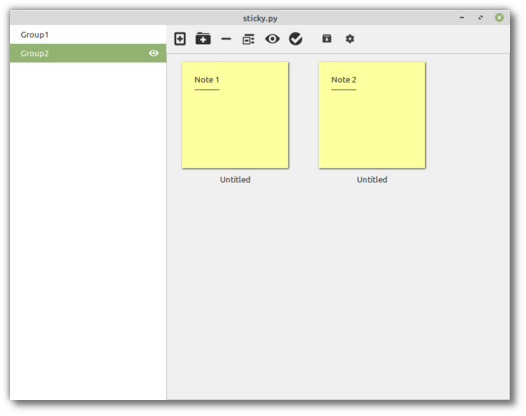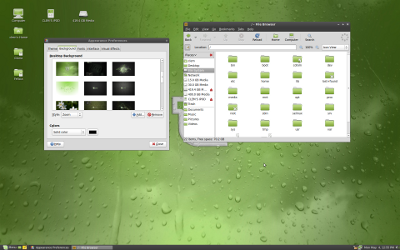Go crazy, folks! On Thursday, July 21, Linus Torvalds put a stake in the heart of the “bignum days” for the 2.6 kernel and took the wraps off Linux 3.0. While not a huge leap from 2.6.39, the release does have some changes worth eyeballing.

As mentioned at the start of the cycle for this kernel, the 3.0 milestone is not about major new features in the Linux kernel. Instead, the version bump was about getting rid of the increasingly large minor version numbers (like “2.6.39.x”) and to acknowledge the kernel’s 20th anniversary this year. Also because the voices in Linus’ head told him it was time for a version bump. Good thing Linus listens to the voices, eh?
Now that we’ve gotten the big disclaimer out of the way, there have been a number of changes in Linux 3.0 worth taking note of if you’re interested in Linux. If you’ve read this far, I’m guessing that you are.
Linux 3.0 Gets Xen Dom0 Support
Contents
Getting Xen “into” the Linux kernel has been a long-running saga. But good things come to all those who wait — and work hard to coordinate with kernel maintainers. That’s the long way of saying that Linux 3.0 now has Xen dom0 support. Konrad Rzeszutek Wilk notes that there’s still work to be done in a few areas but “the majority of needs will be satisfied by the 3.0 kernel.”
What does dom0 support mean? Basically it means that Linux will be usable as a host kernel for Xen. Now, that’s been the case for years and years — but it required patching the kernel, rather than having stock support in the kernel. With 3.0 and dom0 support fully integrated, that means that the days of having to run a patched kernel or vendors having to add (and maintain) patches for Xen are drawing to a close.
The Xen wiki has a longer and more detailed discussion of dom0 for folks who really want to dig in.
Some btrfs Improvements
It shouldn’t be surprising that btrfs is getting some love in 3.0 as well. In 3.0, btrfs gets automatic defragmentation. It also brings “scrubbing” to the filesystem, which checks the integrity of data in the filesystem, and speeds up file creation and deletion.
Given that users will get btrfs by default in Fedora 16, we like seeing btrfs getting lots of attention. Look for a btrfs tutorial on Linux.com very soon.
Other Changes in 3.0
The 3.0 kernel now has support for a CPU feature called Supervisor Mode Execution Protection (SMEP) to prevent the kernel from executing user-space code accidentally or maliciously.
Naturally, this release also includes the usual cavalcade of new drivers, improvements to existing drivers, and improvements for various architectures.
Linux Next?
Going forward, the next kernel will be 3.1 rather than 3.0.1 — the stable team gets the next digit. Linus says that he’s hoping for a calm merge window here, as the schedule for this release was thrown off due to “some worries about the RCU code.
Lots of nifty new features and changes in 3.0, but nothing major. So 3.0 is just another kernel, but then again it’s appropriate to recognize that this is a milestone as well. We’re approaching 20 years of Linux, and given the impact that the Linus’ “hobby” project has had on the world, it’s only fair that the kernel gets a big version bump for its birthday.






